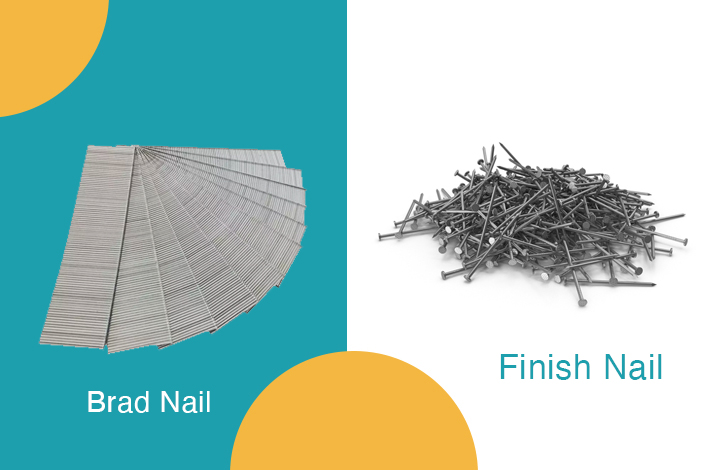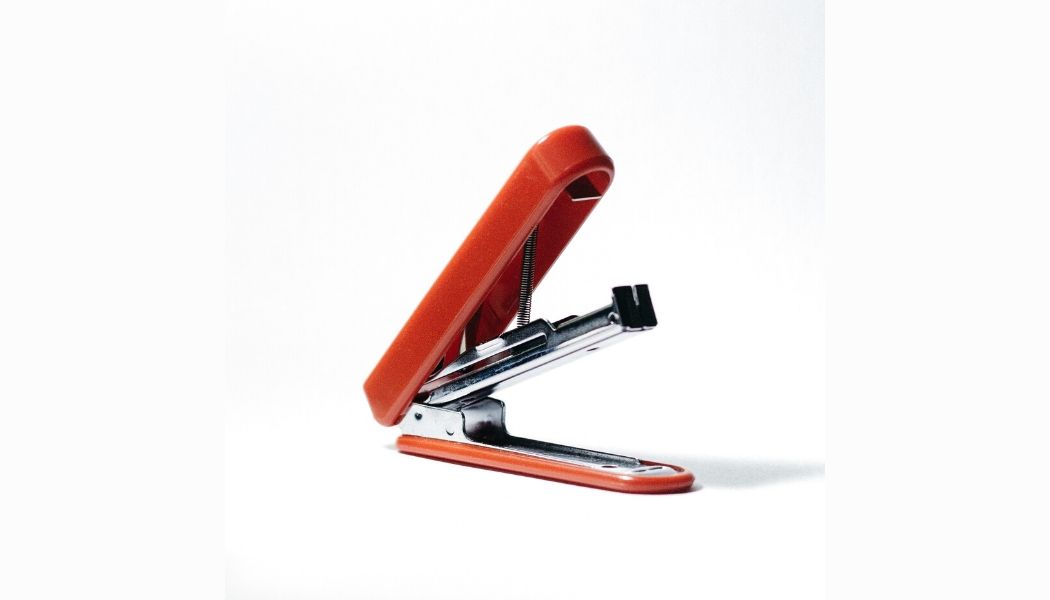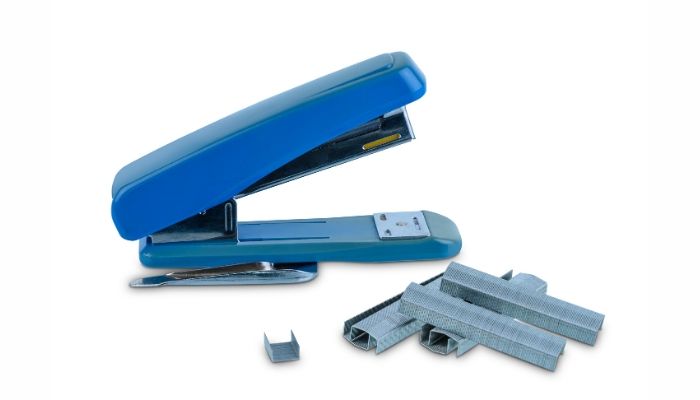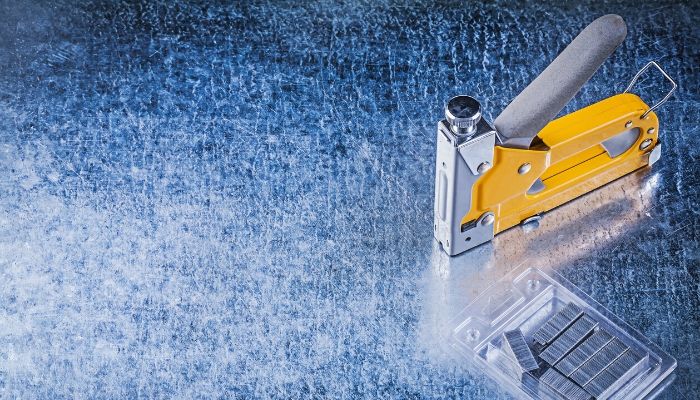It can be a bit difficult to choose between a finish nail and a brad nail especially when you want precise nailing. However, it is important to note the differences between these two nails. A brad nail has a smaller gauge compared to a finish nail, which makes it suited for detail work. On the other hand, a finish nail also has a small gauge but they are stronger than brad nails and they have more holding power.
Although brad nails and finish nails may look similar with inconsequential differences, there is no room for error when you are working with delicate projects.
What is Brad Nail?
A brad nail is a small gauge nail that is loaded into a nail gun and driven using an air compressor. Most of these nails have an 18 gauge diameter. It is important to note that the higher the gauge number, the smaller the nail.
Brad nails are mostly used to secure projects that will also require wood glue such as picture frames. Brad nails ensure that there is a small print left, which makes them ideal when you are working on delicate projects where you want to avoid splitting the board.
Advantages of a Brad Nail
· They are tiny and thus leave tiny imprints on your project. The thin gauge of brad nails enables them to offer you some holding power without leaving marks on your project. After you paint your project, there is a chance you will not notice brad nails
· They are easy to remove. Although brad nails can secure your material, they are not permanent if you want to remove them.
· They are unlikely to split the board or wood. When you use the wrong nail for your project, there is a likelihood that the board or wood will split. When using brad nails you do not have to worry about the surface of the project cracking.
Disadvantages of a Brad Nail
· They can be flimsy. This means that they can be prevented from penetrating vertically into the project
· They are not made to hold large structures. Since brad nails are small and can be easily bent using a human hand, this makes them unsuitable for a large structure. They are designed for delicate work.
· They can be driven too far into the top board. Since brad nails have a small profile, they can easily pass through the top board thus leaving no holding power
What is a Finish Nail?
A finish nail is loaded into a gun and driven using air pressure. Currently, there are battery-powered nail guns that do not necessarily need a compressor. When compared to brad nails, finish nails are slightly bigger and they come in 15 or 16 gauge.
They are suitable for projects that need small imprints but more holding power such as cabinetry and crown molding. Finish nails work best on projects that need robust joints or that are more angled.
Advantages of a Finish Nail
· They are best suited for projects that require more strength than brad nails. Nails with larger gauge are best suited for projects such as small boxes and birdhouses
· They are stronger compared to brad nails. Also, finish nails leave small imprints on your projects, which means they can be hidden using paint while it offers better holding power
· There are low chances they can be misdirected by a dense wood. This means that they are a good choice for more angled work and can be used when your project has harder woods
Disadvantages of a Finish Nail
· They are likely to cause a split when you are working on delicate projects. When you are using dry and brittle wood, it is best if you use a brad nail
· They are more difficult to seal compared to brad nails. It is important to weigh the option of style versus strength before you reach for finish nails
· They are hard to remove. Finish nails have a tighter grip compared to brad nails. If you have trim that you may need to remove later, it is best to consider using brad nails
Important Note
You may be wondering if you can drive these nails using a hammer. It is important to note that you can drive small nails using a hammer but there is a higher likelihood that the nails will bend because of the unpredictable nature of hammer strike. When you want to use a regular hammer, ensure that you practice before you reach for these small nails.
What are the common mistakes when using Finish and Brad Nails?
Finish and brad nails are small nails that can cause issues if you are not aware of how best to use them. There are common mistakes that people make when using finish and brad nails. These include bruising or denting the surface, overshooting the nails, improper positioning of the nail gun, and too much angle when driving nails.
How can you fix these mistakes?
i. Denting or bruising the surface
The goal of any person using finish and brad nails is to ensure they have a clean final project. However, this may not be the case when you have dings and dents around the nails. You can avoid this by resisting the urge to smash the tip of the nail gun into the material.
Rather, use a steady hand, position the gun, and fire the nails into the material. You should avoid banging the nail gun around. If you choose to use a hammer, ensure that you focus and do not be in a rush. Aim for the center of the nail and apply appropriate pressure.
ii. Avoid overshooting
When you overshoot your brad or finish nails, you will lose all the holding power. This is because too much pressure released on the nail causes it to blow through the material. To fix this problem, you need to dial back the pressure that you are applying on the material and consider adjusting the controls of the nail gun.
iii. Improper positioning of the nail gun
It is recommended that you position the nail gun perpendicular to the material that you are driving the nail. This helps to keep the nails traveling straight into the material. Since not all finish and brad nails are round to perfection, the nail will be stronger when stressed in a single direction than when stressed in another.
iv. Too much angle when driving
It is recommended that brads should be angled at about 20 degrees. This is because brads are small and driving them at a steep angle can cause glancing off the top of the board. This can be dangerous. On the other hand, finish nails can withstand a steeper angle since they have a thicker gauge.
Final Thoughts
Even though finish nails and brad nails may look the same, this article has provided detailed information about their differences and how they can be used. Also, the article has indicated the pros and cons of each nail.




Leave a Reply